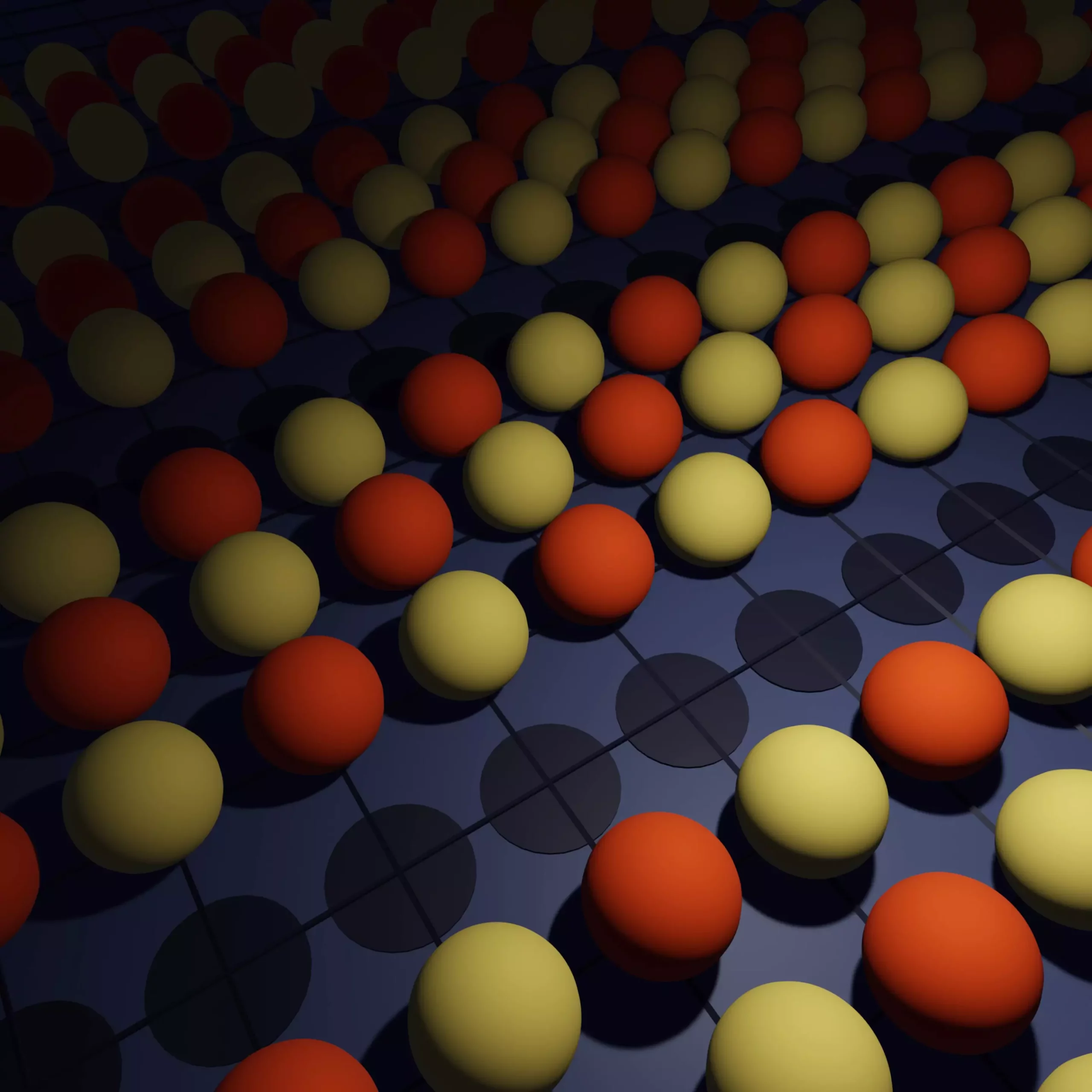In the realm of quantum physics, the pseudogap has long been a mysterious and compelling concept, particularly in the study of high-temperature superconductors. Recent advancements have unveiled crucial insights into this phenomenon, inching researchers closer to the coveted goal of achieving room-temperature superconductivity. This not only represents a foundational breakthrough in condensed matter physics but also holds transformative potential for technology, allowing for lossless power transmission, accelerated medical imaging techniques, and innovative transportation systems like levitating trains.
High-temperature superconductivity typically occurs in materials that contain copper and oxygen and operates at unusually low but still significantly higher temperatures than conventional superconductors. While still frigid—often below minus 140 degrees Celsius—understanding these states is essential for addressing critical energy efficiency challenges. The pseudogap state is particularly intriguing because it exhibits characteristics of both normal metals and semiconductors, complicating our understanding of how these materials function as temperatures decrease. The newly acquired knowledge regarding the pseudogap could shape the future direction of research in superconductivity.
The latest findings, detailed in a study published in Science, represent a significant leap in our comprehension of the pseudogap, particularly about its behavior as temperature declines toward absolute zero (-273.15 degrees Celsius). Lead researcher Antoine Georges of the Flatiron Institute emphasized metaphorically how scientists’ understanding of the pseudogap had previously been clouded, with only glimpses of the underlying structure visible. The work done on computational techniques has begun to clear away this metaphorical fog, revealing a clearer landscape of electron behavior in these complex materials.
Through diligent computational modeling, researchers are now deciphering the intricate states formed by electrons within pseudogap materials. Quantum physicists face formidable challenges in this domain due to quantum entanglement, where individual particles (electrons in this case) can no longer be thought of separately. The complexities involved necessitate innovative algorithms and models to deduce behavior under realistic conditions.
The research team employed the Hubbard model, a well-respected framework for studying electron interactions in solid materials. However, the researchers recognized that prior applications were limited in scope, particularly concerning how they handled the challenging in-between state of the pseudogap. They turned to a more sophisticated method: diagrammatic Monte Carlo algorithms. This technique allowed the team to observe interactions across the ‘chessboard’ of electrons in one comprehensive sweep, significantly enhancing their understanding of the pseudogap state.
The application of diagrammatic Monte Carlo enabled the researchers to investigate what occurs to these materials as they progress toward absolute zero. Their approaches have opened a new frontier, articulating how materials initially displaying superconductivity might transition into stripe patterns—a configuration where electrons align coherently. These findings not only clarify the behavior of pseudogap materials under various conditions but also settle ongoing debates within the scientific community regarding the nature of this elusive state.
The study offers profound insights into the factors leading to the emergence of the pseudogap. Insights gathered suggest it arises from non-uniform electron arrangements, leading to patchy configurations on the atomic level. The team concluded that as checkered arrangements begin to manifest among electrons, the pseudogap is formed. This understanding significantly advances the application of the Hubbard model and contributes to the collective endeavor of uniting various computational approaches, fueling more collaborative research across the physics community.
The implications of these discoveries are extensive, not only promising immediate advancements in understanding superconductivity challenges but also impacting the broader field of quantum gas simulation. Here, ultracold gases are utilized in conjunction with quantum optics, suggesting new molecules could be synthesized or explored based on the newfound understanding of the pseudogap province.
As researchers delve deeper into the mysteries of the pseudogap, the study signifies a broader movement toward finally deciphering one of nature’s puzzling states that has perplexed scientists for decades. The convergence of computational techniques, new algorithms, and collaborative research brings us closer to realizing practical applications of superconductivity. As the scientific community rallies around these discoveries, the goal of achieving room-temperature superconductivity—a reality that would revolutionize energy consumption and technological capabilities—seems increasingly attainable. This exciting development enriches our understanding and heralds a new era of scientific accomplishment in quantum physics.


Leave a Reply